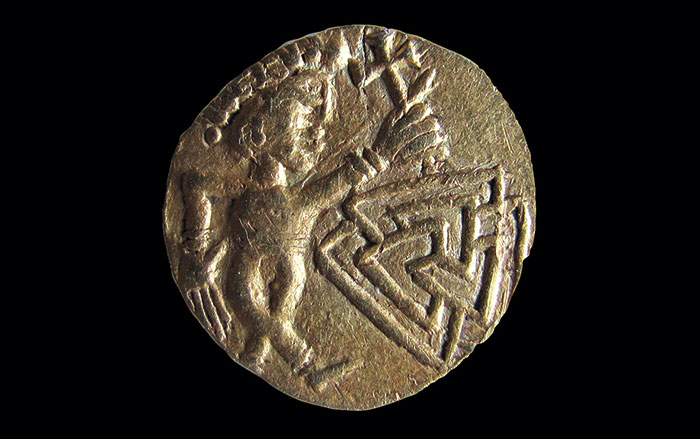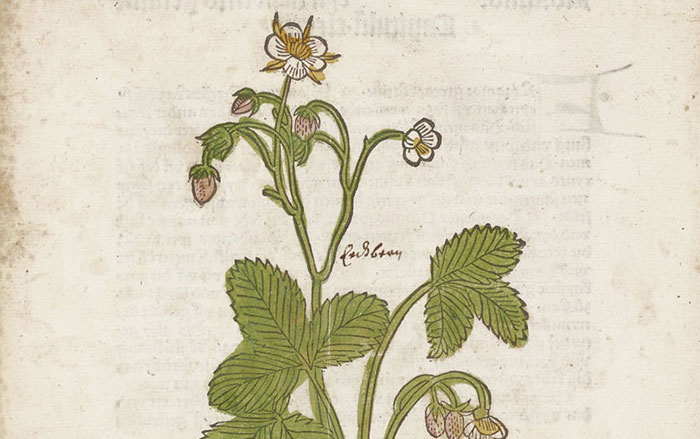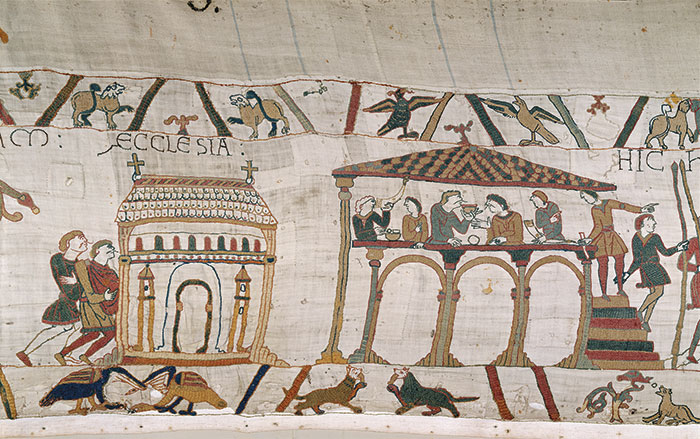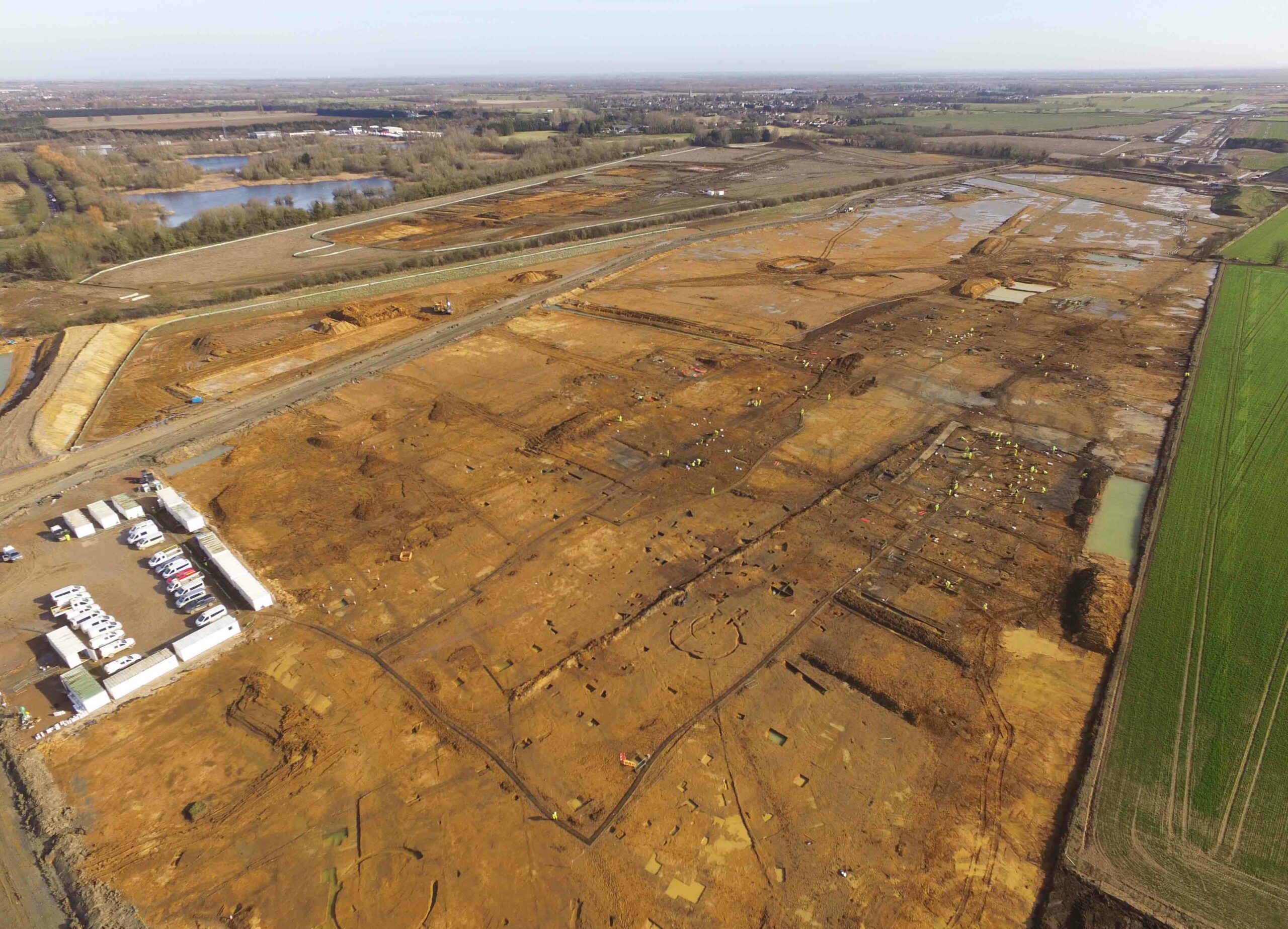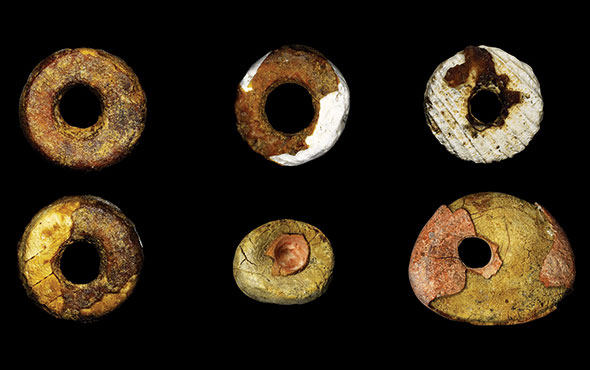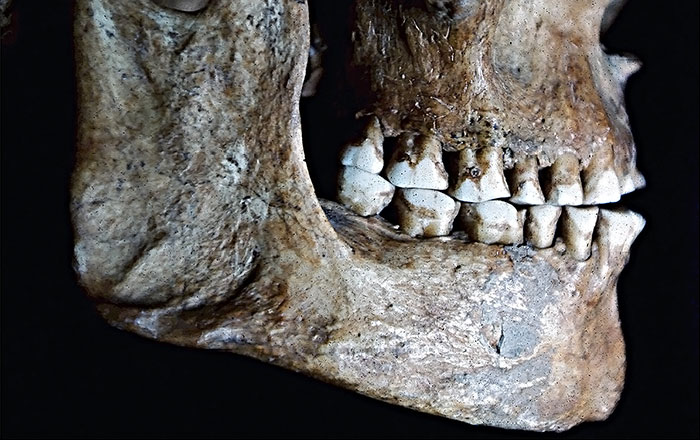
EAST ANGLIA, ENGLAND—An examination of four human coprolites recovered from Must Farm, a Bronze Age settlement discovered in wetland fens in the East of England, revealed heavy infestation with the eggs of fish tapeworms, giant kidney worms, whipworms, and other parasites, according to a report in The Guardian. Marissa Ledger and Piers Mitchell of Cambridge University explained that the inhabitants of the settlement’s wooden huts on stilts probably ate raw or undercooked fish, frogs, and shellfish, and may have dumped their excrement into the reed beds and stagnant water beneath the huts where those animals lived, thus creating ideal conditions for the infection of humans and wildlife. Fish tapeworms, Mitchell added, can grow to more than 30 feet long in the human gut and cause anemia in their hosts. Destructive kidney worms can reach about three feet long. Tiny Echinostoma worms can cause abdominal pain, diarrhea, weight loss, and tiredness. The scientists also note that seven dog coprolites recovered at the site also showed signs of parasites, suggesting humans and dogs shared food. For more on detecting parasites in human waste, go to "Vikings, Worms, and Emphysema."


